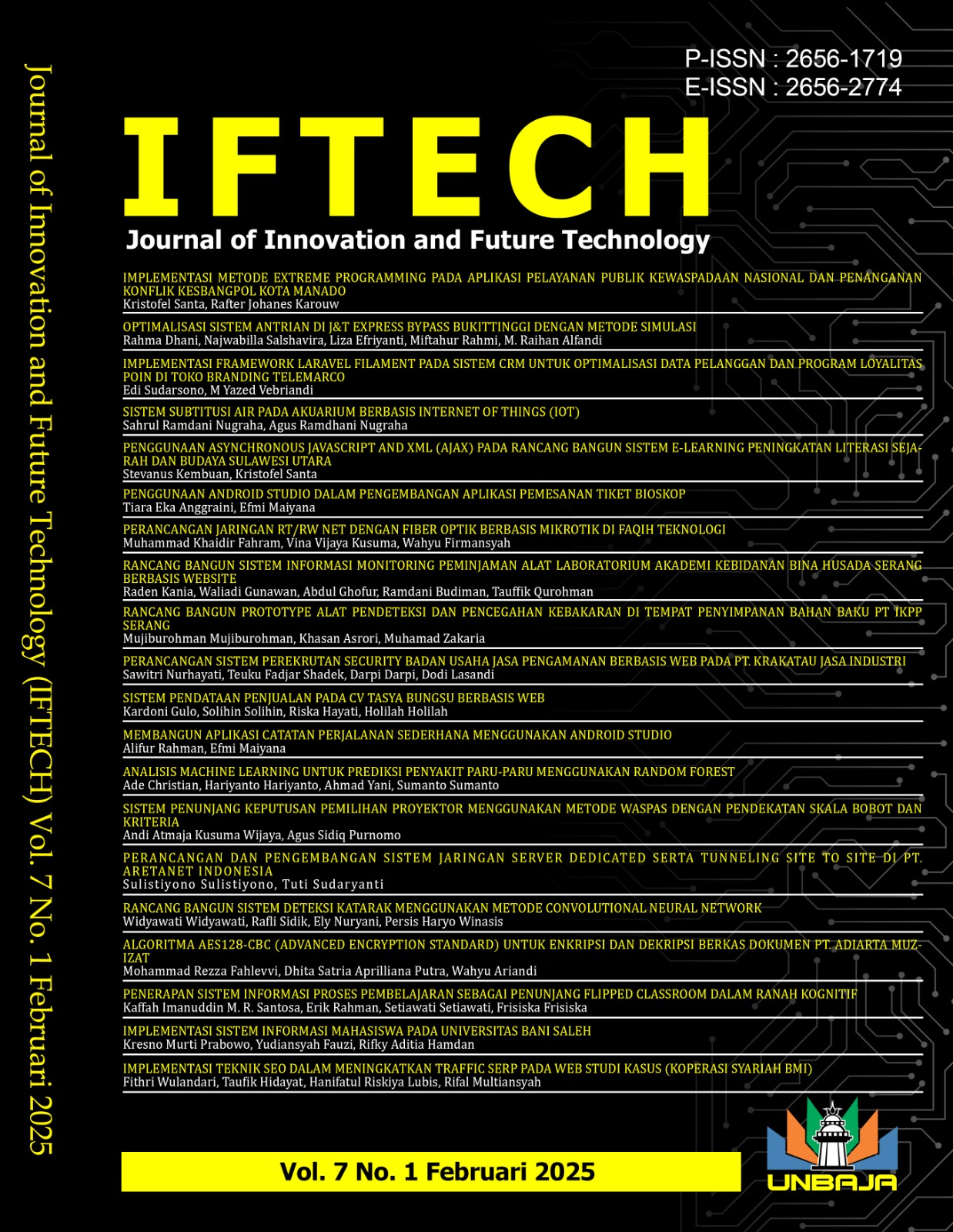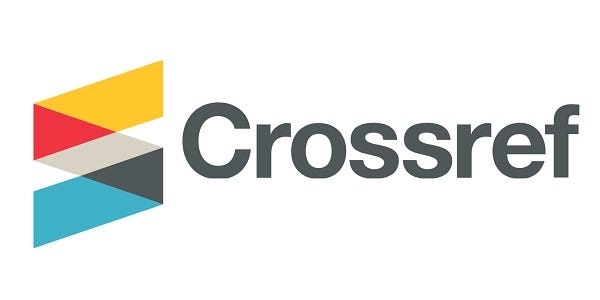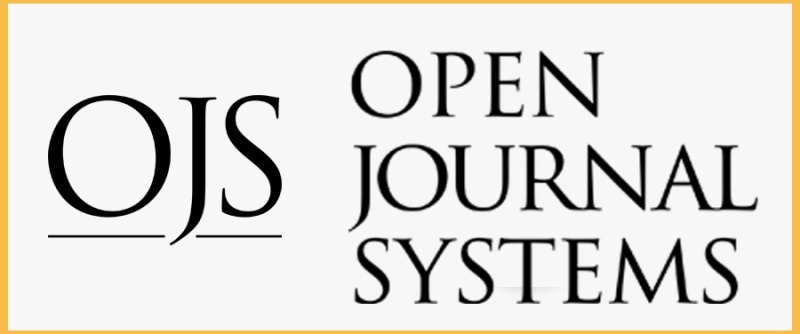SISTEM SUBTITUSI AIR PADA AKUARIUM BERBASIS INTERNET OF THINGS (IOT)
DOI:
https://doi.org/10.47080/iftech.v7i1.3723Keywords:
Aquarium, Internet of Things, Water turbidity, Water qualityAbstract
The progress and development of technology today is very rapid, many people are utilizing technological advances as a means to conduct various kinds of business. Every activity carried out by the community is very dependent on information and communication technology tools that exist today, therefore a system is needed that can monitor changes in water conditions, in the room. Identify previous studies relevant to the topic, both successful and those that still have shortcomings. Analyzing user needs, both from the perspective of aquarium owners to researchers in the context of technical needs. Water turbidity is an important parameter that can affect the health of aquatic organisms in an aquarium. Basic concepts of the Internet of Things (IoT), including network architecture, communication protocols, and commonly used IoT platforms such as Blynk, Thingspeak, or other cloud-based platforms. By utilizing IoT, the water substitution system in aquariums becomes more efficient and automated, incorporating sensors, controllers, and internet connectivity to monitor and manage water conditions. The system aims to maintain the water quality in the aquarium by replacing the old water regularly as needed as determined by the sensors, thus providing a healthy environment for fish and other aquatic organisms.
References
Hidayat, R. N. (2021). Perancangan Sistem Deteksi Kekeruhan Air Pada Akuarium Ikan Arwana Berbasis IoT. KONSTELASI: Konvergensi Teknologi Dan Sistem Informasi, 1(2), 391–401. https://doi.org/10.24002/konstelasi.v1i2.4260
Nainggolan, E. R., Sani, A. A., & Rosita, I. (2022). Rancang Bangun Sistem Monitoring Kekeruhan Air dan Suhu Aquarium Ikan Cupang Berbasis Web di Wayy_Betta. Remik, 6(4), 624–633. https://doi.org/10.33395/remik.v6i4.11526
Nugraha, A. I., Rosita, Y. D., & Ardiantoro, L. (2023). Prototipe Smart Akuarium Berbasis Iot Dengan Pemanfaatan Esp32. Seminar Nasional Fakultas Teknik, 2(1), 36–42. https://doi.org/10.36815/semastek.v2i1.120
Ontowirjo, F. Y., Poekoel, V. C., Manembu, P. D., & Robot, R. F. (2018). Implementasi Internet of Things Pada Sistem Monitoring Suhu dan Kelembaban Pada Ruangan Pengering Berbasis Web. Jurnal Teknik Elektro Dan Komputer, 7(3), 331-338.
Pramana, R. (2018). Perancangan sistem kontrol dan monitoring kualitas air dan suhu air pada kolam budidaya ikan. Jurnal Sustainable: Jurnal Hasil Penelitian dan Industri Terapan, 7(1), 13-23.
Renitasari, D. P., & Ihwan, I. (2021). Monitoring Pertumbuhan dan Kualitas Air Pada Budidaya Ikan Klown, Capungan Banggai dan Blue Tang Dengan Sistem Resirkulasi. Jurnal Vokasi Ilmu-Ilmu Perikanan (Jvip), 1(2), 35. https://doi.org/10.35726/jvip.v1i2.512
Rusito, Ilham Febrianto, Iman Saufik, & Lukman Santoso. (2022). Perancangan Sistem Monitoring Kualitas Air Dan Kendali Pakan Aquarium Otomatis Berbasis IoT. Elkom : Jurnal Elektronika Dan Komputer, 15(2), 330–340 https://doi.org/10.51903/elkom.v15i2.826
Wijaya, P., & Wellem, T. (2022). Perancangan dan Implementasi Sistem Pemantauan Suhu dan Ketinggian Air pada Akuarium Ikan Hias berbasis IoT. Jurnal Sistem Komputer Dan Informatika (JSON), 4(1), 225. https://doi.org/10.30865/json.v4i1.4539


1.jpg)







